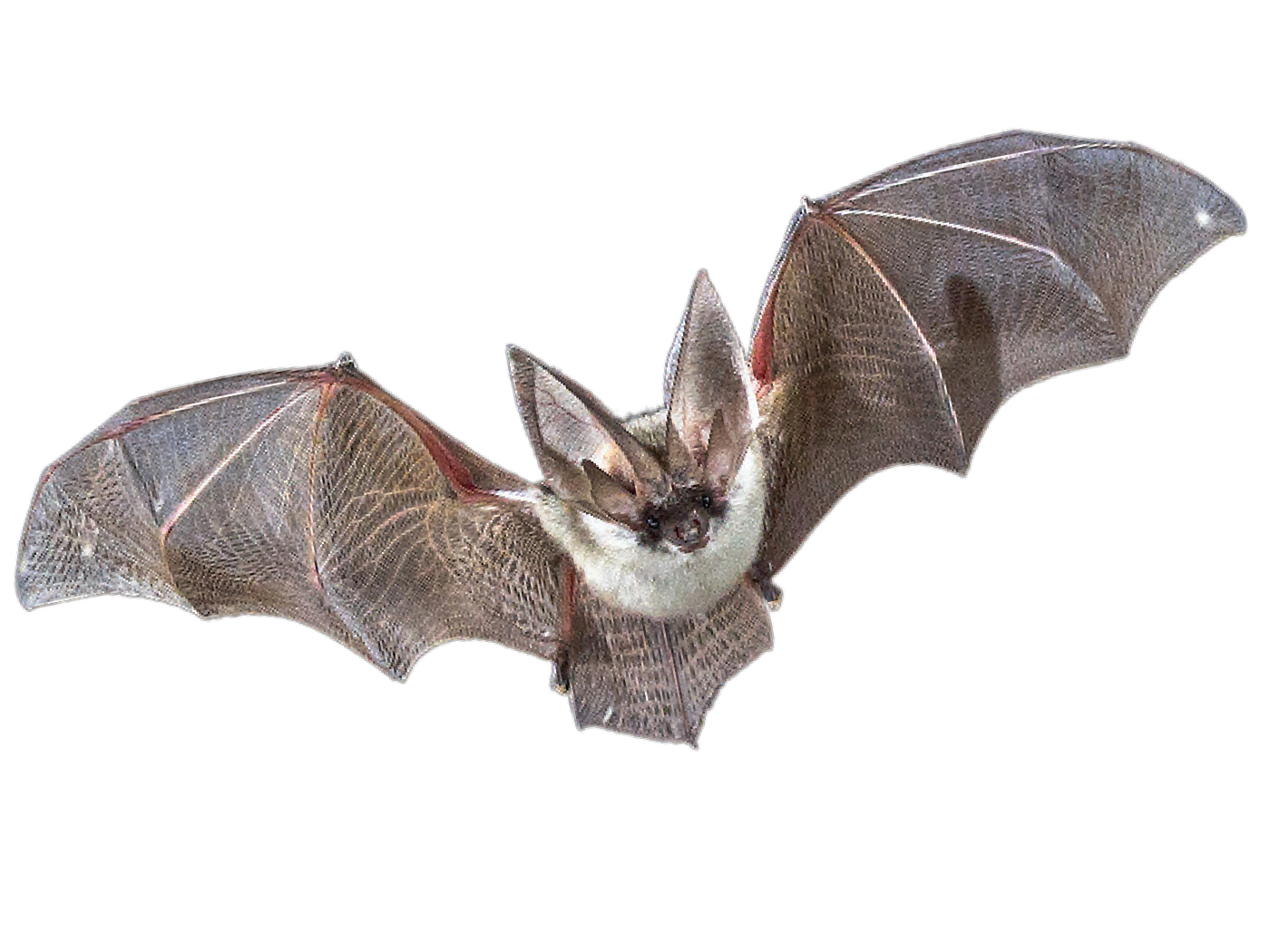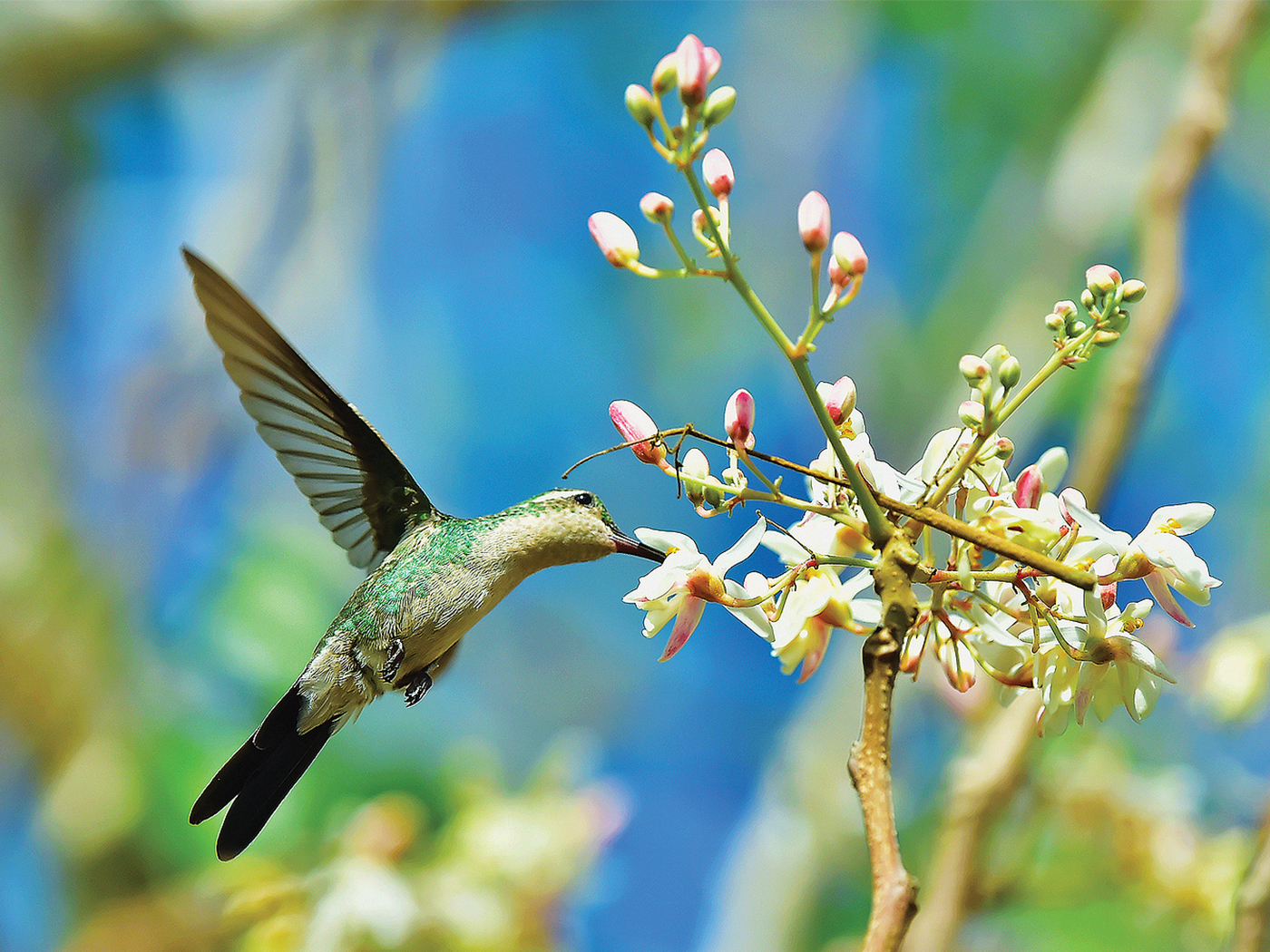The Delaware Bay beaches will soon host an annual (and enormous) get-together, unrestricted by any unusual “social distancing” guidelines. But local police will not issue punitive fines. Neither will distancing-enforcement drones monitor, hovering above, to broadcast admonitions unto the teeming crowds that accumulate on the beaches. Why not? Because it’s now time for millions of horseshoe crabs to visit, to lay eggs in beach sands, and myriads of migratory birds follow to take advantage of all those edible energy-rich crab eggs.1
This is nothing new. As May approaches, this is a repeat of what happened last spring, and the spring before that, with a regularity that reminds us of the predictable seasons and lunar cycles promised in Genesis.2 The crabs arrive!
Horseshoe crab spawning begins in late April and runs through mid-August, although peak spawning in the mid-Atlantic takes place May 1 through the first week of June.3
But it’s not just crawling crabs that arrive in late April and afterward.
For migratory birds, springtime is busy—often dominated by travel. Long migrations require stopovers for food and rest, then it’s takeoff time—resuming air travel until nesting grounds up north are reached and settled.
Because of these recurring patterns, migratory birds can depend on food being conveniently available when they migrate northward in the spring. In effect, “fast food” on the beach is a “convenience store” for famished feathered fliers.
For example, consider how the annual egg-laying (and egg-burying) activities of horseshoe crabs perfectly synchronize with the hunger of migratory shorebirds (e.g., red knots, turnstones, and sandpipers) that stopover on bayside beaches, for “fast food,” right where huge piles of crab eggs have just been deposited (and where some have been uncovered by tidewaters).
No need to worry about the birds eating too many crab eggs! The egg-laying is so prolific (about 100,000 eggs per mother) that many horseshoe crab eggs are missed by the migratory birds, thus becoming the next generation of horseshoe crabs. Plus the birds mostly eat the prematurely surfacing eggs that are less likely to succeed in life anyway!
But why don’t the turnstones, red knots, and other migratory birds just eat a lot of bugs in lieu of all those horseshoe crab eggs deposited in the tide-washed muddy sands of the Delaware Bay shoreline?
Why do they crowd together on the beaches of Delaware Bay? They all seem to be responding to the same “alarm clocks”—and, actually, they are. The perfect timing works because both the crabs and the migratory birds pay attention to the moon’s lunar cycles.
Amazing! What a sight to see!
As the moon goes through its periodic cycle, its gravitational pull causes the high and low tides. This facilitates the uncovering of enough horseshoe crab eggs to satisfy the needs of the migratory stopover shorebirds that pass through Delaware Bay.2
Notice how the moon provides a phenological regulation. The moon is physically ruling and correlating the interaction of the horseshoe crabs, the migratory shorebirds, and the bay’s tidewaters—all in accordance with and illustrating Genesis 1:16-18.2
In a world of turbulent change there are some things that, because God has so chosen it to be that way, changeth not.
References
1. Delaware Museum of Natural History. 2020. May on the Delaware Bay: Horseshoe Crabs and Shorebirds. Posted on delmnh.org, accessed April 23, 2020. The museum’s website warns, “Because of the closure of many beaches and local wildlife areas due to the coronavirus pandemic, places normally available for public viewing are currently not accessible.”
2. Genesis 8:22 promised dependably recurring seasons, so spring and fall migrations show phenological patterns. Also, Genesis 1:14-18 promised reliable lunar cycles, which are linked to the timing of horseshoe crabs egg-laying. See Johnson, J. J. S. 2015. The Moon Rules. Acts & Facts. 44(9). Likewise, other crabs, including forest-dwelling red crabs, use lunar cycles in the timing of their annual beach-migration-based reproduction routines. See Johnson, J. J. S. 2011. A Christmas Carol in Four-Part Harmony. Acts & Facts. 40(12):8-10.
3. Reshetiloff, K. 2017. Migratory Birds Shore Up Appetites on Horseshoe Crab Eggs. Chesapeake Bay Journal. 27(3):40.
*Dr. Johnson is Associate Professor of Apologetics and Chief Academic Officer at the Institute for Creation Research.










